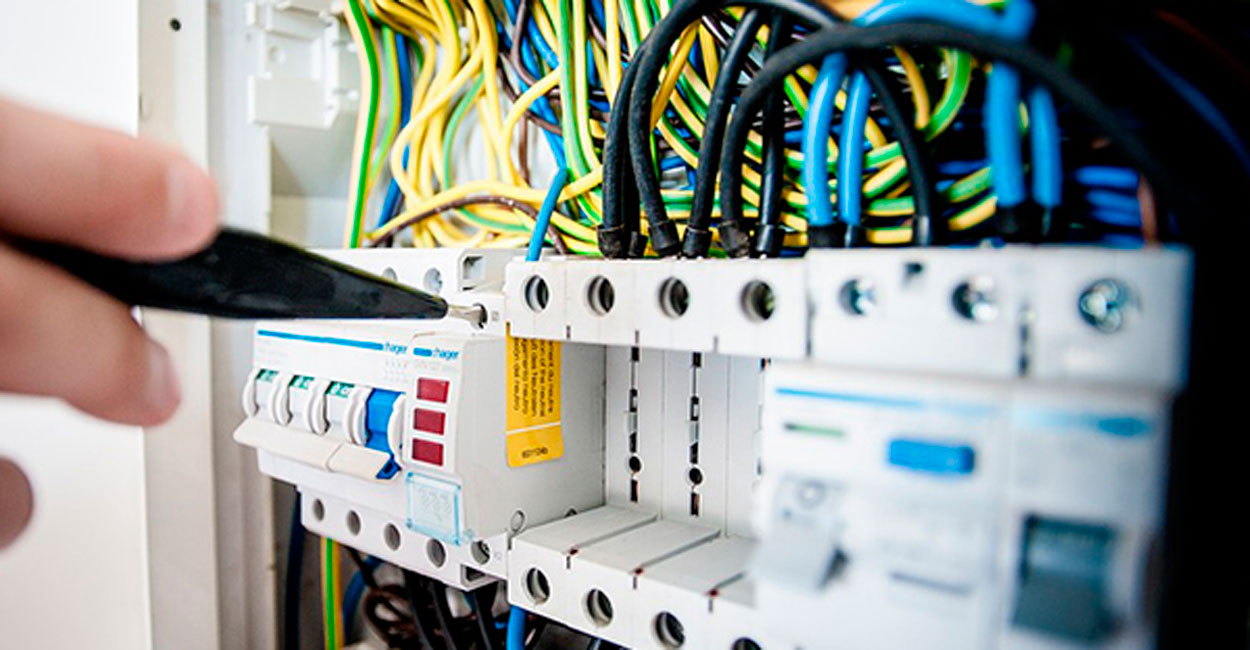Electrical faults can occur for various reasons, ranging from faulty wiring and equipment malfunction to environmental factors and wear and tear. Timely detection and resolution of these faults are essential to prevent safety hazards, equipment damage, and disruptions to electrical systems. Below, we’ll delve into the art of electrical fault finding, equipping you with the knowledge and techniques needed to troubleshoot and resolve electrical issues effectively.
Electrical Fault Finding & Repair Guide
Understanding Electrical Faults
Electrical faults refer to abnormal conditions in an electrical system that deviate from normal operation. Common types of electrical faults include short circuits, open circuits, ground faults, overloads, and insulation breakdowns. These faults can manifest as intermittent power outages, tripped circuit breakers, flickering lights, or burning odors, signaling underlying problems that require attention.
Key Steps we take in Electrical Fault Finding
- Initial Assessment: We begin by gathering information about the nature and symptoms of the electrical fault. We ask the occupants or users to identify any recent changes or events that may have triggered the fault. Inspect the affected area for visible signs of damage, such as charred wiring, overheating equipment, or water ingress.
- Systematic Approach: We adopt a systematic approach to isolate and identify the source of the fault. We start by dividing the electrical system into manageable sections, such as circuits, outlets, switches, and equipment. We then use diagnostic tools such as multimeters, circuit testers, and thermal imaging cameras to pinpoint anomalies and deviations from expected values.
- Visual Inspection: We conduct a thorough visual inspection of electrical components, looking for signs of damage, corrosion, loose connections, or overheating. We pay close attention to junction boxes, electrical panels, wiring, terminals, and insulation. Inspect for melted insulation, burnt marks, or unusual odors that may indicate potential faults.
- Testing and Measurement: We use the appropriate testing equipment to measure electrical parameters such as voltage, current, resistance, and continuity. Test individual components and connections systematically, starting from the power source and moving downstream towards the load. Verify proper operation of protective devices such as circuit breakers, fuses, and ground fault circuit interrupters (GFCIs).
- Troubleshooting Techniques: We employ troubleshooting techniques such as isolation testing, voltage drop testing, and circuit tracing to identify the location and nature of the fault. Disconnect suspected components or sections of the circuit one at a time to isolate the fault and narrow down the possible causes.
- Documentation and Record-Keeping: We document our findings, test results, and troubleshooting steps in a comprehensive log or report. We record details such as location, description of the fault, test readings, corrective actions taken, and any recommendations for future maintenance or repairs.
Electrical fault finding requires a combination of technical expertise, diagnostic skills, and a systematic approach. Bollards Electrical Solutions have the appropriate tools and techniques to effectively diagnose and resolve electrical faults, ensuring the safety, reliability, and performance of your electrical systems.


